Moda Outlet - Gyeongju Branch (No. 1) [Tax Refund Shop] (모다아울렛 경주1점)
17.3Km 2024-04-18
4930, Saneop-ro, Cheonbuk-myeon, Gyeongju-si, Gyeongsangbuk-do
-
Guryongpo Port (구룡포항)
17.4Km 2025-01-21
222-1 Homi-ro, Nam-gu, Pohang-si, Gyeongsangbuk-do
+82-54-270-5977
Guryongpo Port, located on the way from Pohang Homigot to Gampo, is a place that took the shape of a port when a pier and a breakwater were built in 1923 during the Japanese colonial period. Currently, it has facilities of about 600 meters of the northern breakwater, 400 meters of the southern breakwater, and 600 meters of a wharf and has a loading capacity of 334,000 tons.
Guryongpo Modern Culture and History Street is nearby, where visitors can see traditional Japanese houses. Guryongpo Market is also nearby, allowing visitors to enjoy the friendly atmosphere of the local market and delicious food. Many places are selling half-dried saury, a local specialty, and it is known as the nation's largest producer of snow crabs, so visitors can enjoy good quality half-dried saury and fresh snow crabs.
Guryongpo Modern History Museum (구룡포 근대문화역사관)
17.6Km 2024-02-13
153-1 Guryongpo-gil, Guryongpo-eup, Nam-gu, Pohang-si, Gyeongsangbuk-do
The Guryongpo Modern History Museum, situated on Guryongpo Japanese House Street, is housed in a two-story wooden building constructed in the Japanese style. Built by Jenkichi Hashimoto in the 1920s, this historic structure was acquired by Pohang-si in 2010 and subsequently transformed into a history museum following extensive restoration. The museum features two exhibition floors, showcasing traditional Japanese furniture and accessories such as butsudan and kotatsu. Additionally, a traditional kitchen and toilet have been meticulously recreated. Visitors can gain a vivid understanding of the lifestyle during that era and explore the distinctive structural elements of Japanese-style buildings.
Camellia (까멜리아인구룡포)
17.7Km 2024-11-05
133-1 Guryongpo-gil, Guryongpo-eup, Nam-gu, Pohang-si, Gyeongsangbuk-do
◎ Travel information to meet Hallyu’s charm - "When the Camellia Blooms"
The pub resiliently operated by single mom Dongbaek, standing up against societal prejudices and threats. It is currently a select shop that sells coffee, desserts, and souvenirs. On the second floor, visitors can enjoy their drinks in the ambiance of a Japanese-style wooden building.
Guryongpo Pieora Stairway Media Art (구룡포 피어라계단 미디어아트)
17.8Km 2024-01-18
277 Homi-ro, Guryongpo-eup, Nam-gu, Pohang-si, Gyeongsangbuk-do
Guryongpo Pieora Staircase Media Art takes place on the large staircase heading up the hill behind Guryongpo Japanese House Street. The lighting display uses anamorphic techniques to create a beautiful show on the stairs. The performance lasts for approximately 10 minutes and goes through four themes, including the ocean and POSCO.
Guryongpo Japanese House Street (구룡포 일본인 가옥거리)
17.9Km 2024-10-23
153-1 Guryongpo-gil, Guryongpo-eup, Nam-gu, Pohang-si, Gyeongsangbuk-do
Guryongpo Japanese House Street is where the Japanese who came to Joseon lived after the Joseon-Japan Trade Treaty was signed between Joseon and Japan in 1883. Over time, the Japanese grew power over the fishing industry in the East Sea while restricting Joseon's fishing rights. To remember the past pains and events, the city of Pohang preserved 47 wooden Japanese-style houses from the time and named the area "Guryongpo Japanese House Street." It is now a tourist attraction where people can see the traces of Japanese lifestyle during the Joseon period and how the poeple of Joeseon braced the Japanese colonial period. It also attracts many K-drama fans as the area served as the main filming location of the drama "When the Camellia Blooms (2019)." The scenery seen from the park steps received a Korea Landscape Award because of the fishing village, which can be seen at a glance, revealing the daily life of the common people.
Yeongil Meat Restaurant (영일식육식당)
18.0Km 2024-10-30
5-8 Cheongha-ro 192beon-gil Cheongha-myeon, Buk-gu, Pohang-si, Gyeongsangbuk-do
+82-54-232-0660
A restaurant that actors and staff loved
This is a restaurant that actors and staff used to use while they were there for filming. The menu consists mainly of meat from various cuts, but it is fresh and of high quality, so there are many regulars. Among them, the most popular Stir-fried Pork is delicious when cooked over a fire and simmered in the soup. The side dishes provided when ordering are also neat and tasty.
Cheongha Gongjin Market (청하공진시장 (1, 6일))
18.0Km 2024-11-05
6 Cheongha-ro 200beon-gil, Cheongha-myeon, Buk-gu, Pohang-si, Gyeongsangbuk-do
+82-54-232-4002
Cheongha Gongjin Market is a fifth-day market hold on dates ending in 1 and 6 of every month. From seafood to fresh produce and homemade food, it is full of shoppers and a variety of products. The market served as a filming site for the Gongjin Market in the drama "Hometown Cha-Cha-Cha." Information boards throughout the market clearly indicate the location of the "Hometown Cha-Cha-Cha" filming set and nearby tourist spots throughout Cheongha Market.
Guryongpo Beach (구룡포해수욕장)
18.1Km 2025-01-21
6 Homi-ro 426beon-gil, Guryongpo-eup, Nam-gu, Pohang-si, Gyeongsangbuk-do
Guryongpo Beach is a seaside resort located in Homigot, where "Homi" means tiger tail. The crescent-shaped white sandy beach stretches 400 meters in length and 50 meters in x_width, offering pristine waters of the East Sea. It is renowned as a sunrise spot. Guryongpo Columnar Joints and Guryongpo Beach Embankment are notable features, complemented by cafés, restaurants, and accommodation facilities. The area is rich in tourist attractions, including Homigot and Yeongildae.
Homigot Sunrise Festival (호미곶 한민족 해맞이축전)
18.2Km 2024-12-23
136 Haemaji-ro, Nam-gu, Pohang-si, Gyeongsangbuk-do
+82-54-289-7852
Homigot Village, the main venue of the Homigot Sunrise Festival, is located on the easternmost point of the Korean Peninsula. Homigot Village means "a village on a tiger’s tail," in reference to the Korean peninsula looking like a tiger.
The festival includes local cultural performances, a New Year celebratory event, fireworks show, sunrise concert and other diverse performances. Visitors may sample free tteokguk, a traditional New Year’s Day dish. Other events such as kite-flying and launching hope balloons with wishes attached will provide enjoyable moments to reflect on the previous year and create new year resolutions.
![Moda Outlet - Gyeongju Branch (No. 1) [Tax Refund Shop] (모다아울렛 경주1점)](http://tong.visitkorea.or.kr/cms/resource/37/2883737_image2_1.jpg)

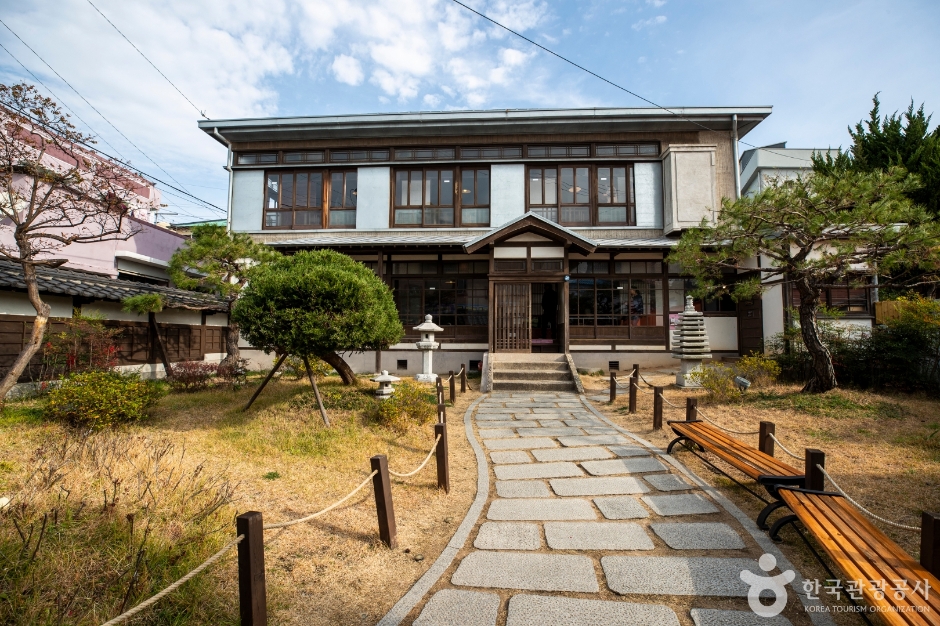
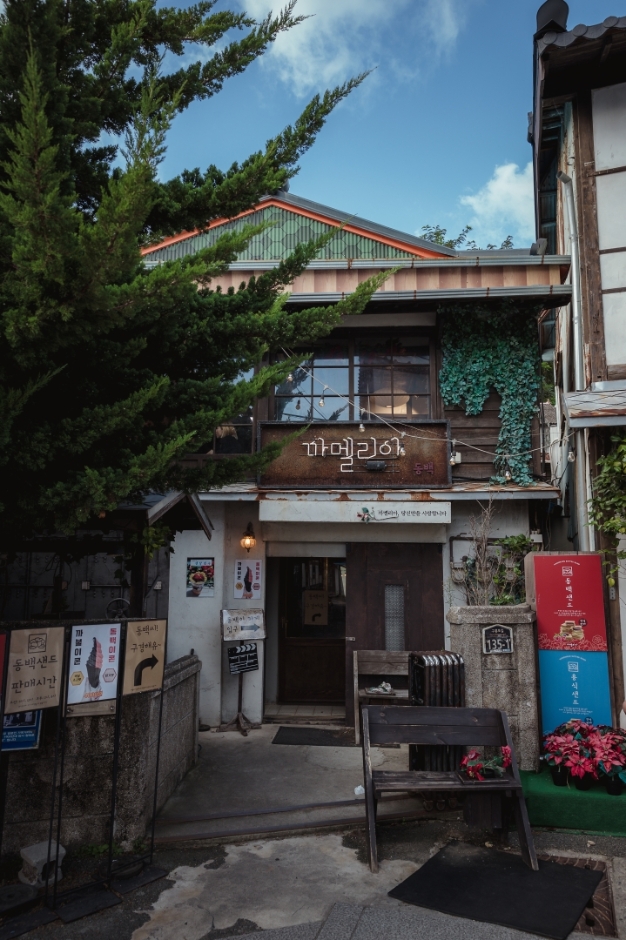
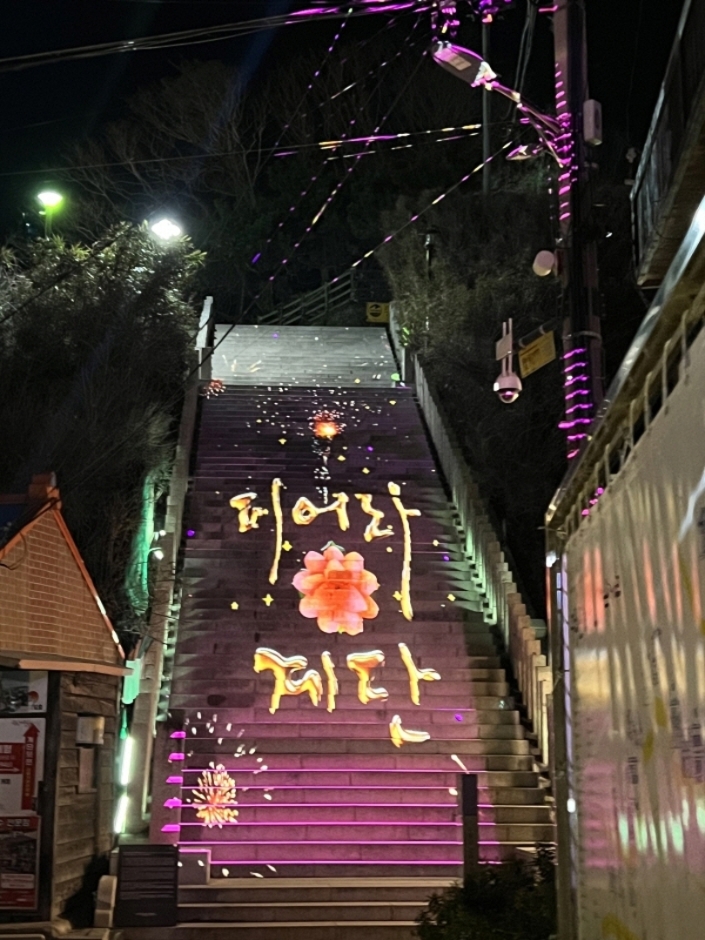

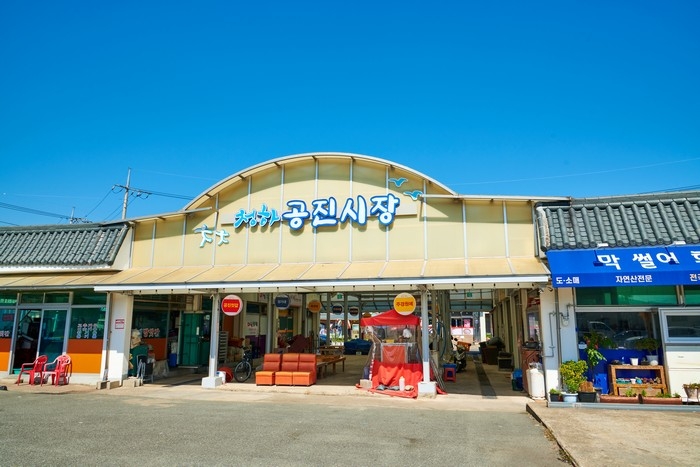
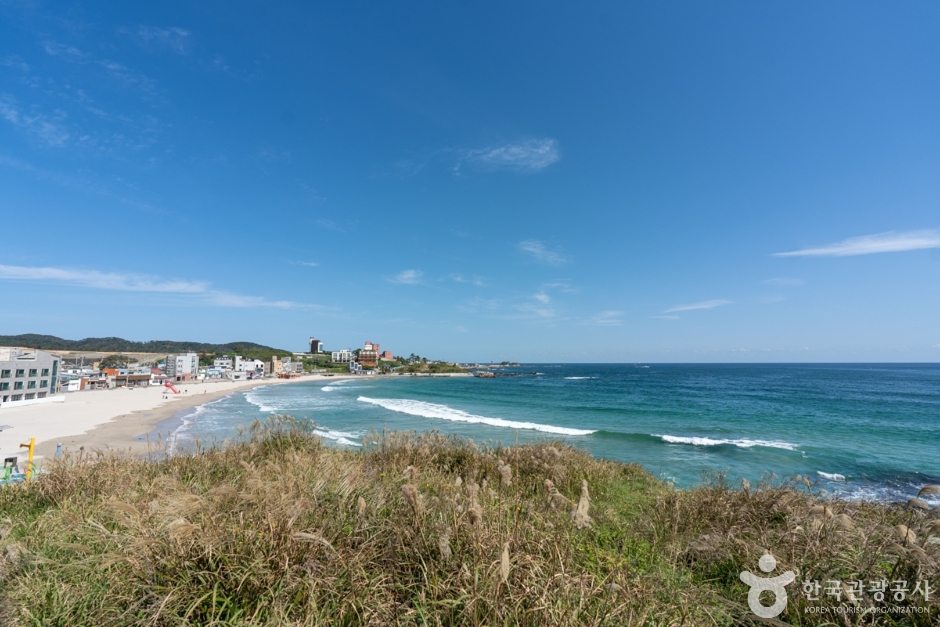
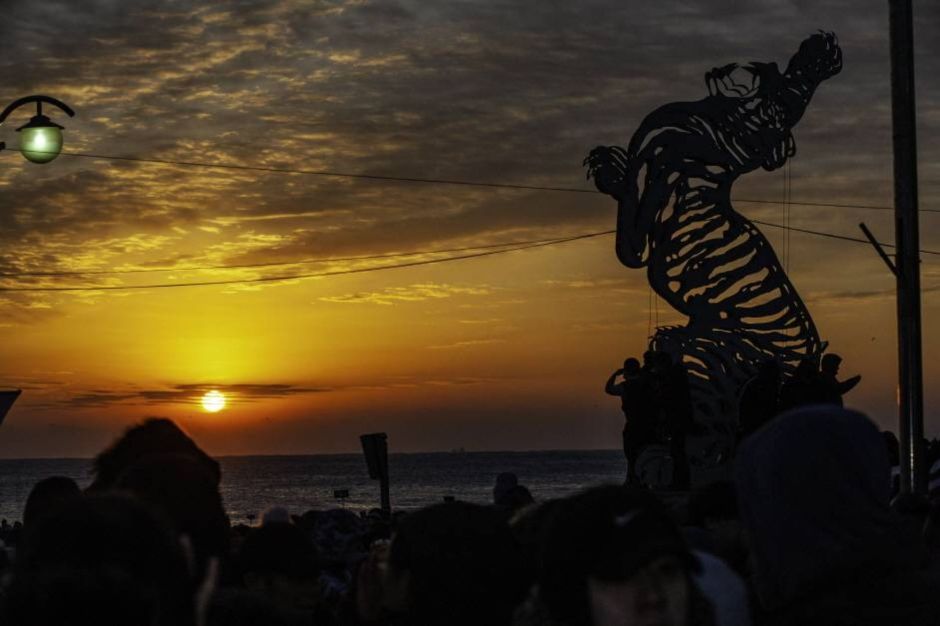
 English
English
 한국어
한국어 日本語
日本語 中文(简体)
中文(简体) Deutsch
Deutsch Français
Français Español
Español Русский
Русский